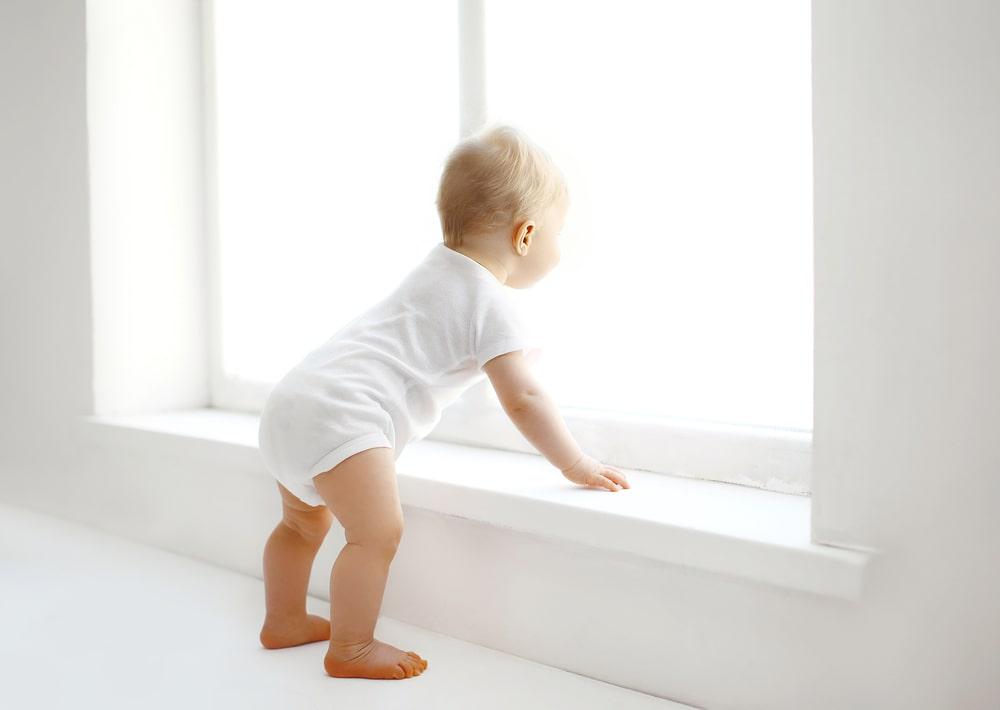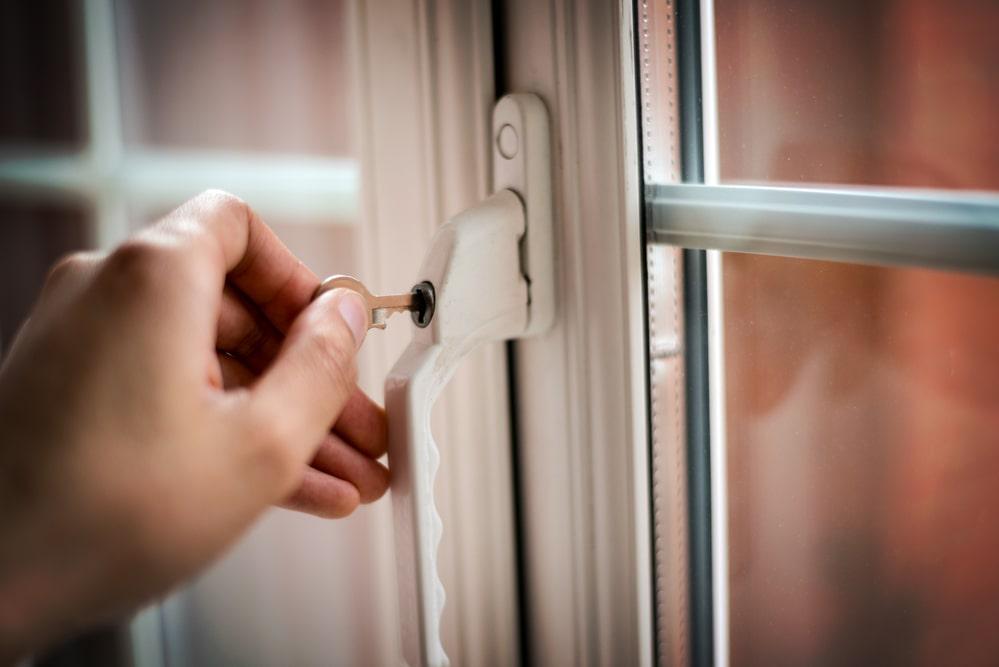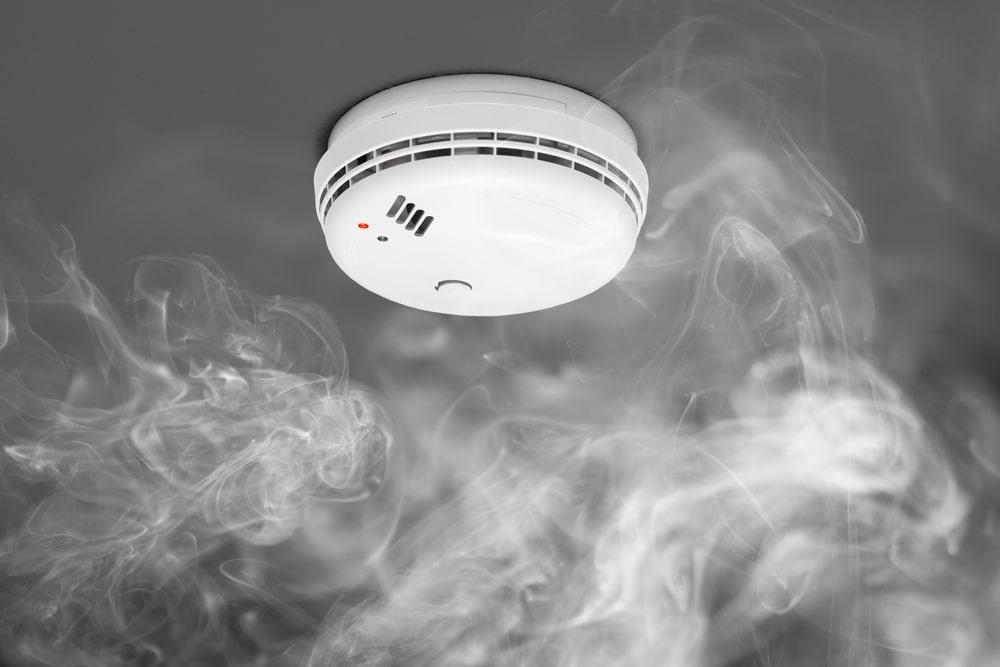As a parent, keeping your home safe and secure for your little ones is your number one priority. There are several steps you can take to ensure that your home is a safe environment.

From childproofing hazardous areas to installing smoke and carbon monoxide detectors, this guide will provide you with the information you need to make sure your home is as secure as possible for your family.
Childproof all hazardous areas
The first step in ensuring the safety of your home is to childproof all hazardous areas. This includes putting locks on cabinets containing dangerous chemicals or sharp objects, covering unused electrical outlets, and installing gates at the top and bottom of staircases.
Additionally, make sure that any furniture that could be used by toddlers to climb up onto windowsills or balconies has been secured properly. Finally, if there are any potentially dangerous items lying around—such as scissors or knives—make sure they are out of reach of children.
Install smoke and carbon monoxide detectors
Another key step in keeping your home secure is to install smoke and carbon monoxide detectors in all rooms throughout the house.
Smoke detectors should be placed in every bedroom as well as in each hallway leading into those bedrooms. Carbon monoxide detectors should also be placed near any potential sources of combustion (e.g., gas stoves) or other appliances that may produce carbon monoxide (e.g., furnaces).
Be sure to check these detectors regularly and replace their batteries when necessary so they can alert you if something goes wrong while you’re asleep or away from home.
Inspect for asbestos
If you live in an older home, it’s important to have a professional contractor conduct an asbestos assessment, especially before undertaking any renovations or remodeling projects.
Asbestos is a material used extensively in construction before its health risks were discovered. If asbestos is present in the building materials, it must be removed safely by a certified professional to ensure that no further health risks are posed by exposure to asbestos-containing materials.
Secure windows and doors

This means making sure that all locks are in good working order and all windows can be closed securely from the inside.
Additionally, if possible, it’s always a good idea to install window guards or screens so that children cannot open them too far or fall out of them accidentally.
Keep toxic substances out of reach
It’s no secret that kids love exploring their environment—which makes it even more important for parents to keep potentially dangerous substances out of reach.
This includes items such as cleaning products, medications, matches/lighters, knives, scissors, and any other hazardous materials in your home. Keep these items locked away or stored in high cabinets where they are not easily accessible by little hands.
Additionally, if possible try to keep them labeled clearly so there is no confusion regarding what each item is used for or how it should be handled safely.
Maintain fire safety

Fire safety should always be top priority when it comes to keeping your home safe and secure for children of any age.
Make sure smoke alarms are installed throughout the entire house (including hallways) and test them regularly—this includes changing batteries every 6 months or so or whenever they start sounding faint.
Additionally, make sure all flammable materials like candles, incense sticks etc., are kept away from little hands as well as any open flames such as stovetops and fireplaces. You may also invest in fire extinguishers and make sure everyone knows how to use them properly just in case a fire breaks out unexpectedly.
And last but not least, create an emergency evacuation plan with all members of the household—especially children—so everyone knows exactly what steps need to be taken if there were ever an emergency situation requiring evacuation from the house immediately.
Install security cameras
Security cameras are an increasingly popular way to monitor activity around the home, both inside and out. Not only do they provide an extra layer of protection against theft or burglary, they also allow parents to keep an eye on their children while they are away from home.
With the addition of motion sensors and night vision capabilities, today’s security cameras can alert you if there is any suspicious activity around your property.
Teach your children safety skills
Here are some home safety skills that parents can teach their young children:
- Poison safety: Teach them about the dangers of household chemicals and products, and how to keep them out of reach.
- Electrical safety: Teach them about the dangers of electrical appliances and outlets, and how to use them safely.
- Cooking safety: Teach them about the dangers of the kitchen, including hot stovetops and sharp utensils, and how to stay safe while helping with cooking tasks.
- Choking hazards: Teach them about common choking hazards, such as small toys and food, and how to avoid them.
- Bathroom safety: Teach them about the dangers of the bathroom, including the toilet, tub, and sink, and how to stay safe.
- Home emergency plan: Teach them about the importance of having a home emergency plan and what to do in case of an emergency.
It is important to start teaching these skills from a young age, so that children can develop safe habits and practices early on. Parents can use play and hands-on activities to make safety education fun and engaging for kids.
Install a pool fence
If you have a swimming pool in your yard, it’s essential that you install a secure pool fence around it to prevent accidental drownings or other hazardous mishaps.
Fences should be at least four feet high and have self-closing gates with latches that young children cannot reach or open. Additionally, pool owners benefit from conducting a pool fence inspection at least once or twice per year to identify any weak points or potential hazards.
Taking these extra precautions goes a long way towards helping protect your little ones from pool-related injuries or misfortunes.
Conclusion
There is no one right way to keep your home safe and secure. Every family is different, and every home has its own unique risks. The best thing you can do is educate yourself and your children on the potential risks in your area and take steps to mitigate them. Home safety is an ongoing process, so be sure to reassess your risks regularly and update your safety plan accordingly.
Images by Depositphotos





